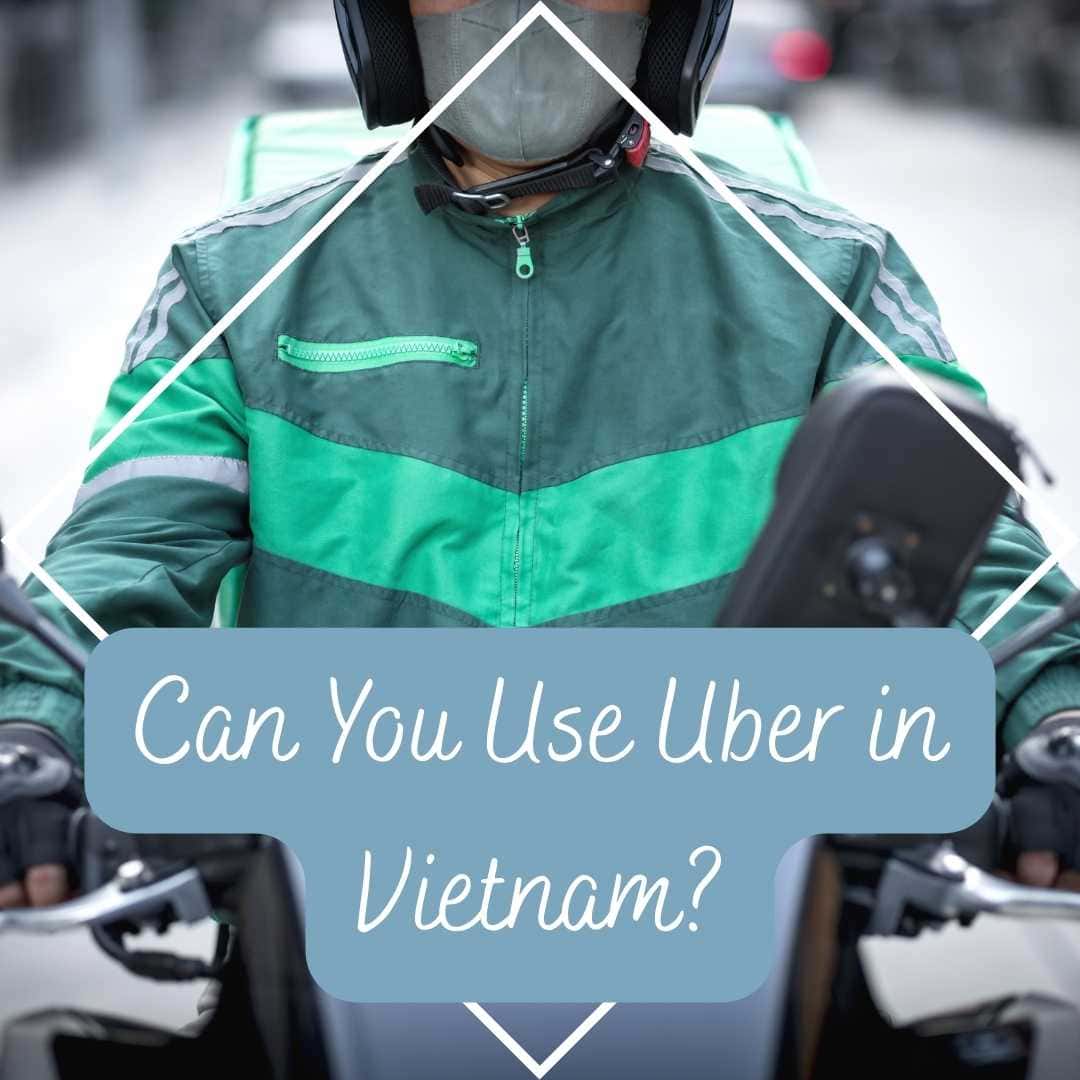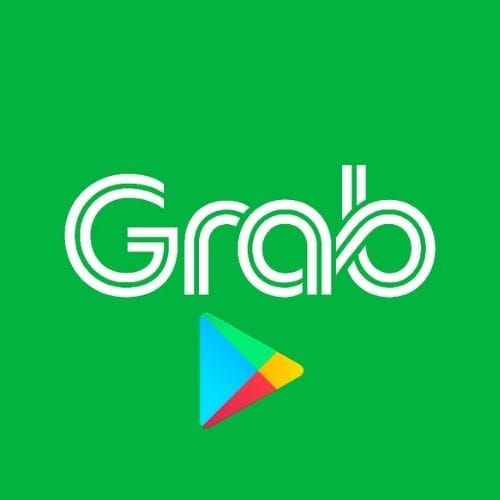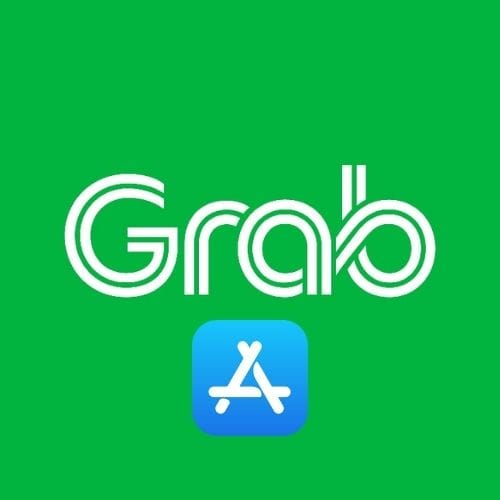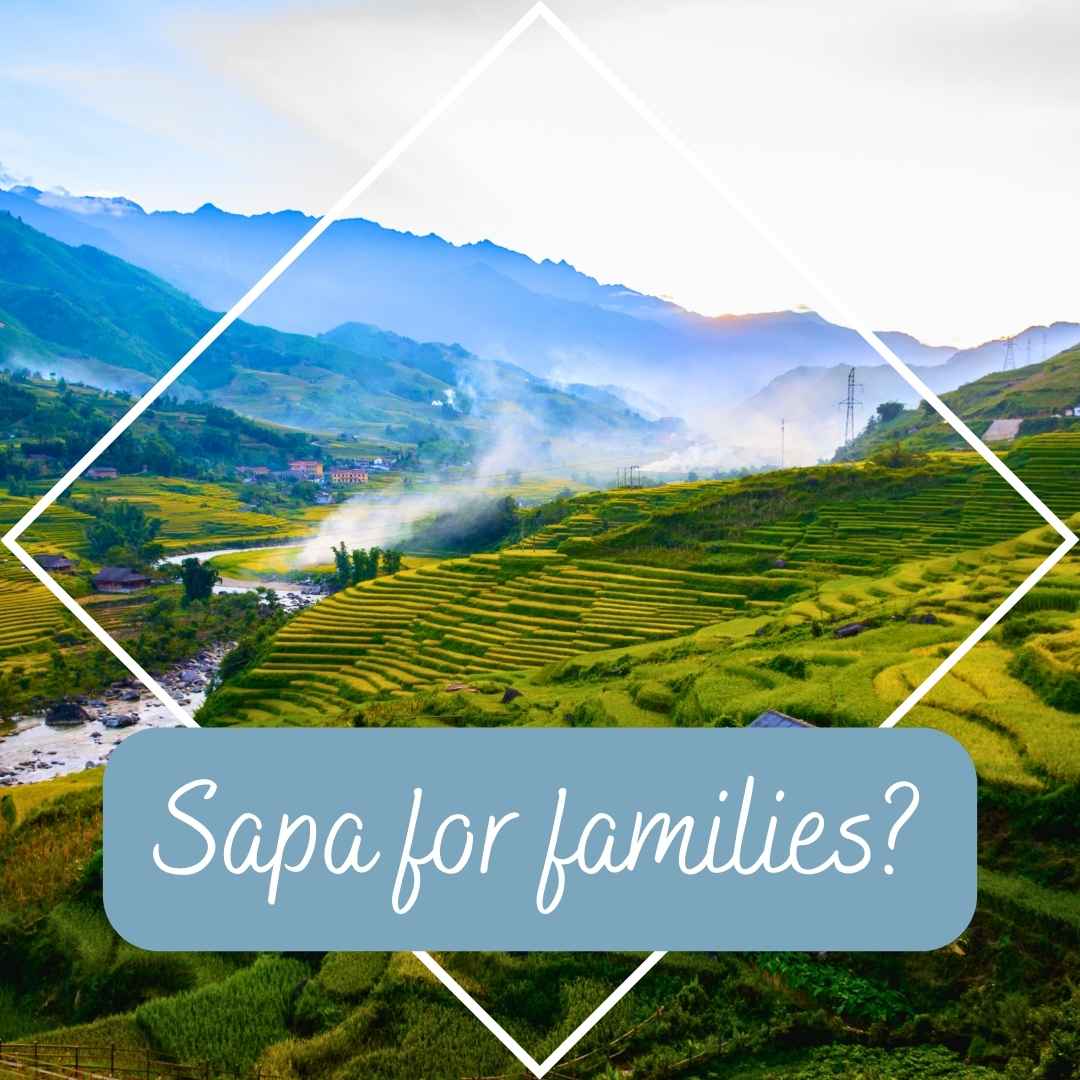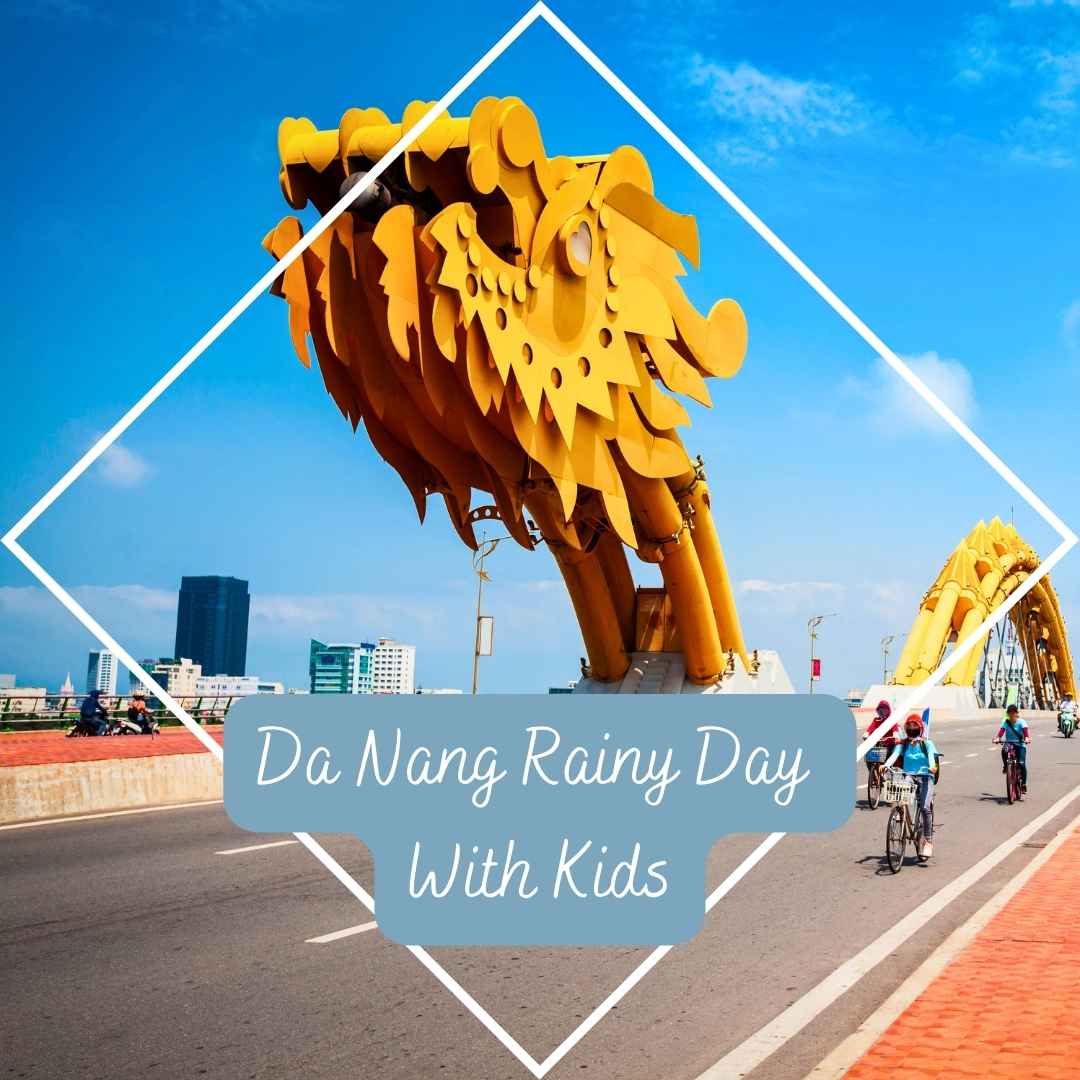This post contains affiliate links. If you make a booking through them, we may earn a small commission at no extra cost to you.
Short answer: no, you can’t hail an Uber in Vietnam. Uber pulled out of the country years ago, and it hasn’t returned after a failed attempt a strategic retreat by Uber was made). Does that mean you’re stuck waving down unmetered taxis and hoping for the best? Thankfully not. In this guide we’ll explain why there is no Uber in Vietnam and show you the best alternatives. We’ll also share some personal stories, practical tips and answer the questions we get asked most often.
Found your way here by accident. Looking for can you use Uber in Japan?
Why Uber Doesn’t Work Here
If you’re used to clicking a button in the Uber app at home, landing in Vietnam can be a bit disorienting. Uber sold its South‑East Asian operations to Grab back in 2018, and the service simply doesn’t exist here anymore. Lyft never had a presence in Vietnam either. The ride‑hailing market is instead dominated by Grab (Uber own a 27% stake), a Singapore‑based company that now operates across the country. Local services like GoJek and Be also exist but they’re aimed at residents rather than travellers – you usually need a Vietnamese phone number and a local payment method to sign up.
Ready to go and just need an eSim, click here to get the market leading nomad eSim.
What to Use Instead
The replacement for Uber is Grab
Grab offers a range of services:
- GrabCar / GrabTaxi – four‑door cars with air‑conditioning. GrabTaxi uses licensed taxis while GrabCar is similar to a private hire. Both are ideal when you’re travelling with luggage or little ones.
- GrabBike – hop on the back of a motorbike taxi for the quickest (and sometimes most fun) way to weave through Vietnam’s traffic. Your driver will provide a helmet.
- GrabFood – order meals, snacks and even bubble tea from local restaurants straight to your hotel. It’s available in larger cities like Hanoi, Ho Chi Minh City, Da Nang and Hoi An. In more remote areas you’ll have to seek out your own banh mi stall.
- GrabExpress – parcel delivery service, handy if you’ve forgotten something at a friend’s place.
Be aware!
There is an option to book through the app but still pay in cash. Uber in the west is cashless so when we clicked this option by mistake, we assumed the driver was trying to rip us off but he wasn’t. Just be careful to select card payment.
Pros & Cons of Grab
Pro’s | Con’s |
|---|---|
Upfront pricing: You see the fare before you accept the ride, so there are no nasty surprises. Prices for short rides are usually lower than metered taxis. | Surge pricing: Like any ride‑hailing app, Grab’s prices go up when demand is high or during heavy rain. We once paid double for a short ride after a sudden downpour in Da Nang. It was still cheaper than an unmetered taxi, but it’s worth knowing. |
Availability: Grab operates in most major Vietnamese cities and tourist destinations. During peak times you may have to wait a bit, but we’ve rarely had to wait more than a few minutes. | Limited coverage in rural areas: Grab doesn’t operate in every corner of the country. In smaller towns you’ll need to negotiate with local taxi drivers or arrange transport through your hotel. |
Safety from scams: You don’t have to worry about being overcharged or taken on a longer route. The fare is locked in, so you can travel with peace of mind knowing you won’t get ripped off. | Cash payment confusion: Grab allows cash as well as card payments. If you accidentally choose cash in the app, it can feel like the driver is asking for extra money, which can be confusing or stressful if you’re expecting a fully cashless system like Uber. |
Final Thoughts: Using Grab as a Gateway to Local Drivers
Grab is the perfect way to get started when you arrive in a new city. It is reliable, safe and gives you a clear idea of what a journey should cost. After a couple of rides you may find that your driver offers to swap WhatsApp numbers and arrange future trips directly.
At first this can feel awkward or even a little suspicious, but it is a common practice. Drivers earn very little after Grab’s commission, so by cutting out the middleman they can give you the same price, or sometimes cheaper, while keeping more money for themselves. It works well for both sides.

Being stuck at The Duck Stop, wouldn’t have been the worst thing in the world.
We found this especially useful in areas where signal is unreliable. In Phong Nha we booked a driver to take us to the Duck Stop and back. He waited while we explored and was ready to drive us home. This was a lifesaver because there was no signal to order a Grab at that point.
Use Grab for your first couple of rides in a new place. If you get along with a driver, make them your unofficial tour guide for the rest of your stay. It is often more personal, more reliable and sometimes more affordable too.
Ready for your travels?
Still not got travel insurance, click here to find the best deals.
